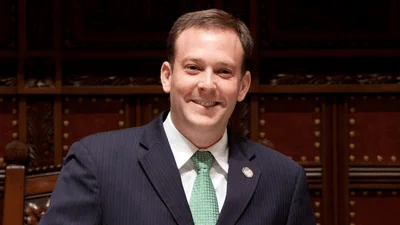The U.S. Environmental Protection Agency (EPA) is finalizing technical updates to its Formaldehyde Emission Standards for Composite Wood Products under Title VI of the Toxic Substances Control Act (TSCA).
Formaldehyde is used as an adhesive in a wide range of wood products, including some furniture, flooring, cabinets, bookcases and building materials, including plywood and wood panels. The Formaldehyde Emission Standards for Composite Wood Products Act of 2010 established emission standards for formaldehyde from composite wood products.
EPA’s 2016 Formaldehyde Emission Standards for Composite Wood Products rule implemented provisions of the 2010 Act to reduce exposure to formaldehyde emissions from certain wood products produced in or imported into the United States. In August 2019, EPA published a final rule that provided technical amendments to the 2016 formaldehyde rule. (See EPA’s rule summary and history.)
In March 2022, EPA opened a public comment period on proposed technical updates to the 2019 rule updates. In response to comments received during this time, in September 2022, EPA proposed two additional technical updates to the voluntary consensus standards in the 2016 rule to reflect current editions of standards used by regulated entities and industry stakeholders, and allowed for additional public comment. Today’s action finalizes these proposed changes, including:
- Updating 10 voluntary consensus standards to reflect the editions of the standards currently in use by regulated entities and industry stakeholders. Voluntary consensus standards are technical specifications for products or processes developed by standard-setting bodies that are incorporated into EPA’s final rule to assist with defining the composite wood products subject to the rule and to identify quality control test methods. The updates in the final rule ensure continued consistency with industry standards.
- Allowing for remote inspections when unsafe conditions prevent a third-party certifier (TPC) from traveling to the area in person. During the COVID-19 public health emergency, EPA provided temporary flexibility to allow TPCs to conduct remote inspections to satisfy requirements of the rule. EPA is now making this flexibility permanent and will allow TPCs to conduct required initial on-site inspections, quarterly inspections, and sample collections remotely when in-person, on-site inspections are temporarily infeasible because of unsafe conditions.
- Including certain technical corrections and updates to create additional flexibilities for the third-party certification process as well as clarifying language related to production of wood products. These corrections will better align EPA’s rule with California Air Resources Board (CARB) requirements, allowing the two programs to work in tandem to create an effective, efficient regulatory regime. These corrections would also decrease burden on industry seeking to work both in California and the broader U.S. market.
This final rule is effective March 28, 2023.
Original source can be found here.









